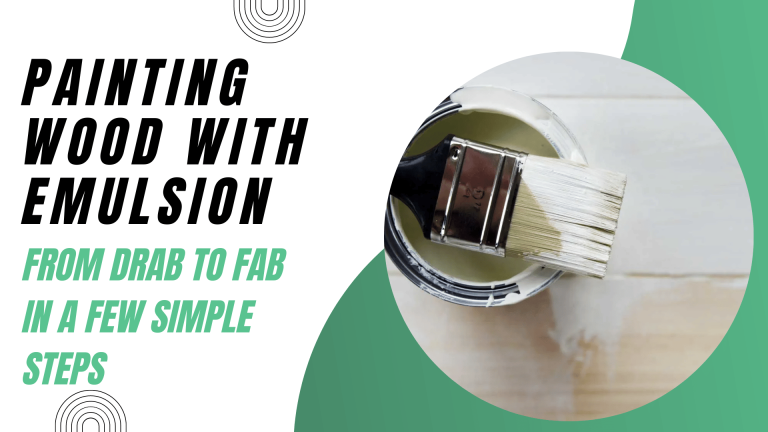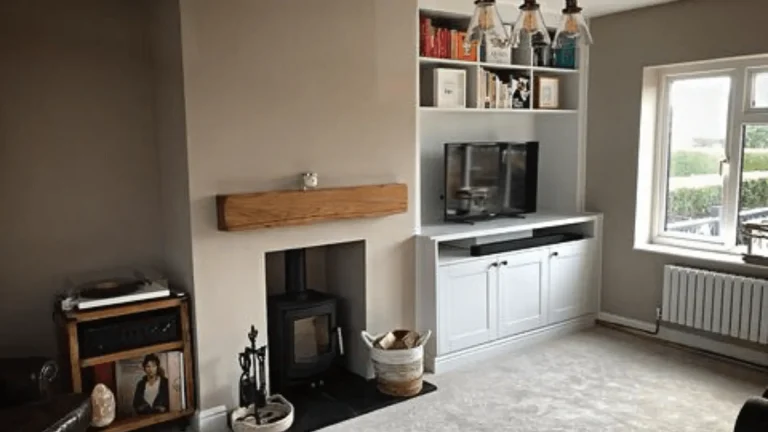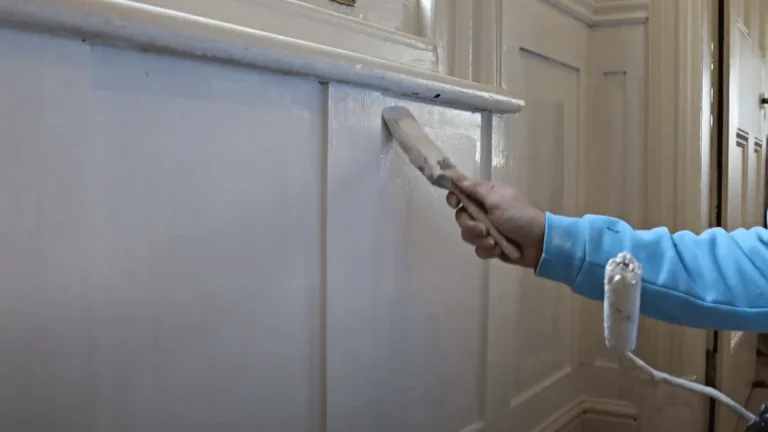Sanding a Parquet Floor: The Ultimate Solution for Dull and Damaged Flooring
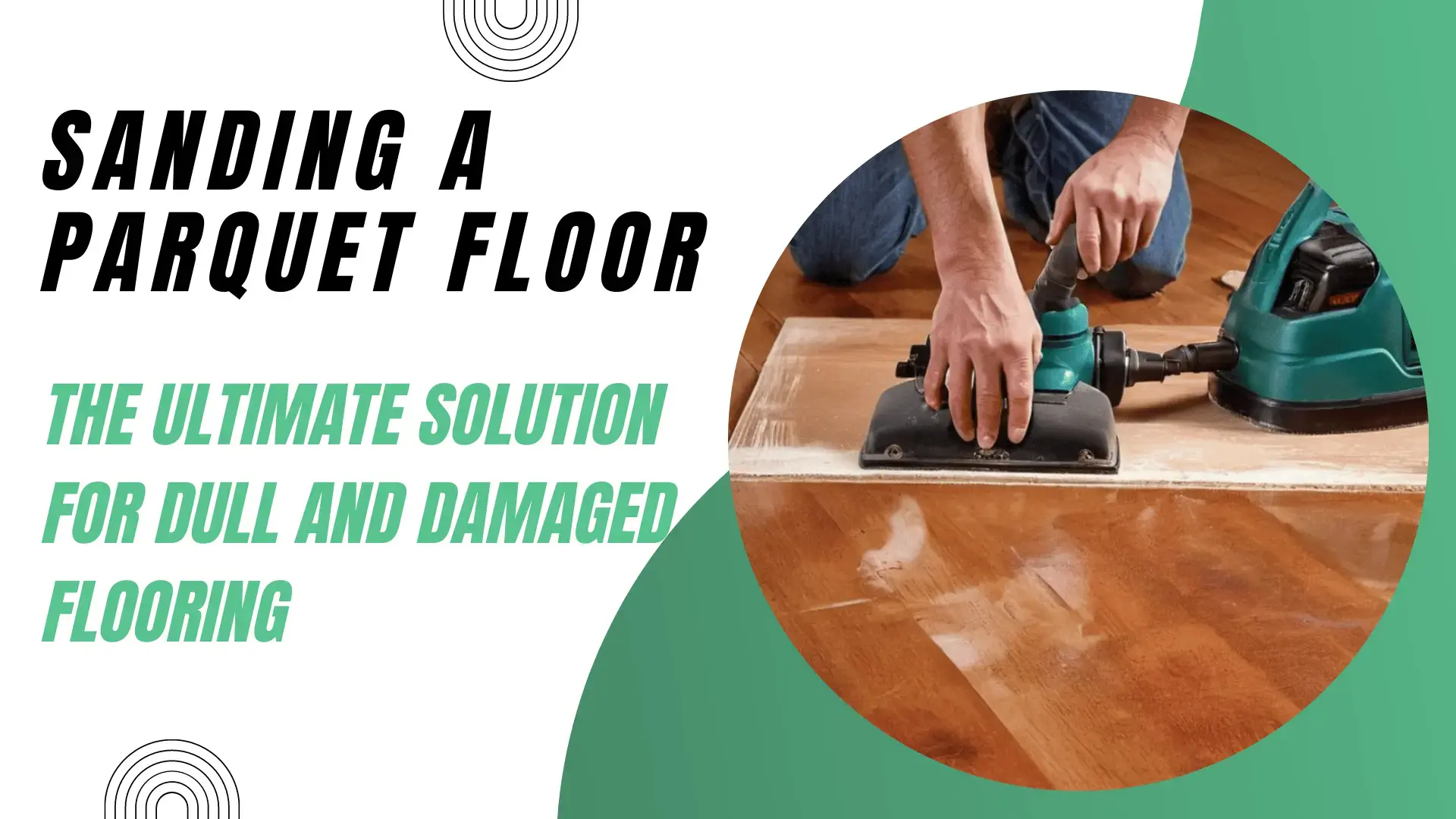
DIY DOJO is reader-supported. We may earn an affiliate commission when you buy through links on our site. Find out more.
If you have a parquet floor that looks dull and damaged, then sanding may be the ultimate solution to restore it to its former glory. Hardwood parquet flooring is known for its durability and classic beauty, but over time, it can become scratched, scuffed, and worn.
Sanding is the process of removing the top layer of wood from the floor, revealing a fresh and smooth surface. This not only applies to sanding and restoration of wooden floors. removes any damage or stains but also allows for a new finish to be applied, providing a protective layer to your floor.
Sanding and restoring your parquet flooring is a cost-effective way to improve both its appearance and longevity.
In this article, we will discuss all of the steps involved in sanding a parquet floor.
What Is The Best Way To Sanding a Parquet Floor?
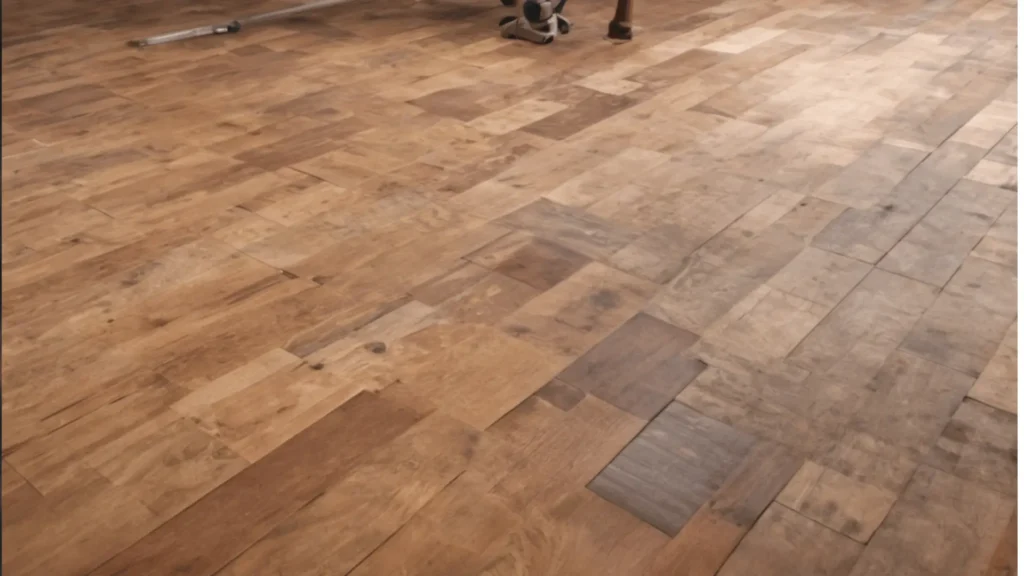
Parquet floor Sanding is a task that requires careful consideration, preparation, and execution. Parquet floors are made up of small solid wood blocks or pieces that create a unique pattern, and sanding them requires a specific technique to ensure the pattern remains intact. Here are some tips on the best way to sand a parquet floor:
1. Understanding the basics of sanding with the grain is vital in the restoration process. Preparation: Before sanding the floor straight, remove any furniture, rugs, or debris from the room. Then, thoroughly clean the floor to remove any dust, dirt, or debris. It’s essential to ensure the floor is completely dry before sanding.
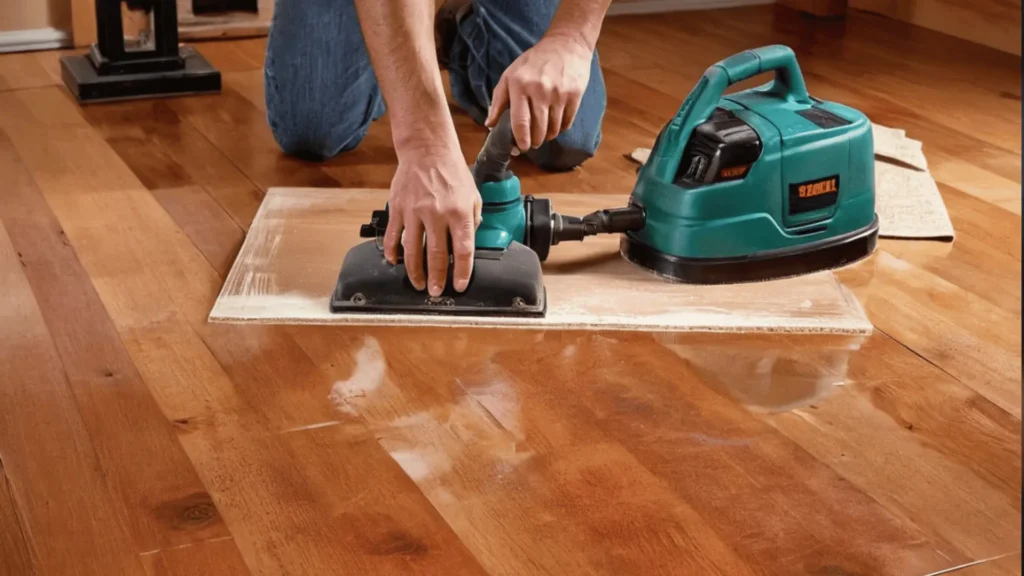
2. Choose the Right Sandpaper: When sanding a parquet floor, it’s important to use the right type of sandpaper or floor sander. Choose a fine-grit sandpaper that won’t damage the wood. For sanding wood floors, you’ll need to start with a coarser grit and work your way to a finer grit for the best results.
3. Sand in Stages: Begin sanding diagonally with the coarse grit sandpaper, starting from one corner of the room and working your way across the floor. Then, use the expertise of flooring experts for advice. medium grit sandpaper, followed by fine grit sandpaper. Sand each section of the floor in stages, overlapping the sections slightly to ensure a smooth and even finish.
4. Vacuum Frequently: It’s essential to vacuum the floor frequently during the sanding process to remove any dust or debris. This will help prevent scratches and ensure a natural finish.
5. Finish the Floor: Once the fine sanding is complete, it’s time to finish the floor as soon. Apply a coat of wood sealer to protect the wood, followed by a coat of wood stain to enhance the color. Finally, apply a top coat of varnish to seal and protect the wood.
In summary, sanding a parquet floor requires careful preparation, the right tools, and a systematic approach to achieve the best floor finish. With these tips, you can achieve a smooth and beautiful finish that will last for years to come.
How To Sand A Parquet Floor By Hand?

Restoring your parquet by hand can be time-consuming, but it is also one of the most effective ways to achieve a beautiful floor finish. Here are some steps to help you sand a parquet floor by hand:
1. Prepare the surface: Before you start sanding your floor, remove any furniture or obstacles from the room and thoroughly clean the floor surface. Ensure that the floor is dry before proceeding to the next step.
2. Choose your sandpaper: Choose the appropriate grit sandpaper based on the condition of your entire floor. When sanding wood floors, coarse-grit sandpaper is suitable for removing deep scratches, while medium-grit sandpaper is ideal for smoothing the surface. Finish with fine-grit sandpaper (150-220 grit) to achieve a smooth, even finish.
3. Start your guide to sanding: Begin floor sanding as much as possible by hand with the coarsest grit sandpaper. Work with the grain of the wood, using long, even strokes. Pay attention to the corners and edges, where a hand sander cannot reach. Gradually work towards finer sandpaper grit, being sure to clean up any dust and debris between each sanding while performing the restoration process on wooden blocks.
4. Finishing touches: Once you have finished sanding straight with fine-grit sandpaper, use a soft brush or vacuum to remove any remaining dust or debris. Apply a wood stain or finish of your choice, following the manufacturer’s instructions.
Sanding and finishing parquet wood floors by hand requires patience and attention to detail, but with the right tools and techniques, it can be a satisfying and rewarding DIY project.
How Much Does Sanding Parquet Flooring Cost?
Sanding parquet flooring is a popular option for homeowners in the UK who want to give their floors a new lease of life. The cost of sanding parquet flooring can vary depending on several factors such as the size of the floor, the condition of the parquet, and the level of finish you want to achieve.
On average, you can expect to pay between £20 to £30 per square meter for sanding parquet flooring. However, this cost can vary depending on the type of parquet, the thickness of the wood, and the level of sanding required. If you need to repair or replace any damaged boards, this will also increase the overall cost.
In addition to sanding, you may also want to consider staining and sealing your hardwood parquet flooring. Staining can add a different color and tone to the pieces of wood while sealing can protect it from future wear and tear. These additional services will increase the overall cost, but they can also enhance the overall look and durability of your parquet flooring.
Getting a few quotes from professional sanding companies is always recommended to compare prices and services for parquet floors with our comprehensive options. Make sure to ask for references and examples of previous work to ensure you’re getting quality service when trying to restore your parquet. With proper maintenance and care, parquet restoration after sanding can last for many years and add value to your home.
DIY Parquet Flooring Restoration Vs. Professional Restoration
When it comes to restoring parquet flooring, there are two options: DIY or professional restoration. DIY restoration involves sanding and refinishing the flooring yourself, while professional restoration involves hiring a company to do the work for you.
DIY restoration can save money, but it requires a lot of time, effort, and skill. You will need to have the right tools, including a drum sander, filler to fill the gaps, edger, and buff. You will also need to be comfortable working with chemicals and stains for hardwood restoration. Professional restoration, on the other hand, can be more expensive but is often faster and produces higher-quality results.
Ultimately, the choice between DIY and professional restoration depends on your budget, length of the floor, time constraints, and skill level. If you have experience and are willing to put in the work, DIY restoration can be a viable option. If not, seeking floor sanding services for professional restoration is likely the better choice.
Common Mistakes To Avoid When Refinishing Parquet Floors
Common Mistakes to Avoid When Refinishing Parquet Floors:
1. Skipping the Prep Work:
Refinishing parquet floors requires proper preparation, which involves cleaning, sanding, and repairing any damages. Skipping this step can result in a poor finish and cause the newly refinished floor to deteriorate quickly.
2. Choosing the Wrong Sandpaper Grit for Wood Floor Sanding:
Using the wrong sandpaper grit can cause irreparable damage to the parquet flooring. It is essential to choose the right grit according to the current condition of the floor to ensure a smooth and even finish.
3. Overloading with Stain:
Applying too much stain to the parquet floor can lead to uneven coloring and cause the finish to look blotchy. It is crucial to follow the manufacturer’s instructions and apply the stain evenly and thinly.
4. Rushing the Drying Process:
Allowing sufficient time for each coat of finish to dry is crucial to achieving a long-lasting and durable finish. Rushing the drying process can result in a less durable finish and uneven coloration.
5. Using Poor-Quality Finishing Products:
Using substandard finishing products can lead to a poor finish and cause the parquet flooring to deteriorate quickly. It is important to use high-quality finishing products that are appropriate for the specific type of parquet flooring.
Conclusion:
In conclusion, sanding a parquet floor is a highly effective solution for revitalizing dull and damaged flooring. It involves using specialized equipment to remove the top layer of the wood and reveal a fresh, smooth surface underneath. This process not only restores the beauty of the floor but also extends its lifespan.
However, it should be noted that sanding a parquet floor requires skill and experience to achieve the desired results, and it can be a time-consuming and messy task. Therefore, it’s important to hire a professional with the right expertise and equipment to ensure a successful outcome.


